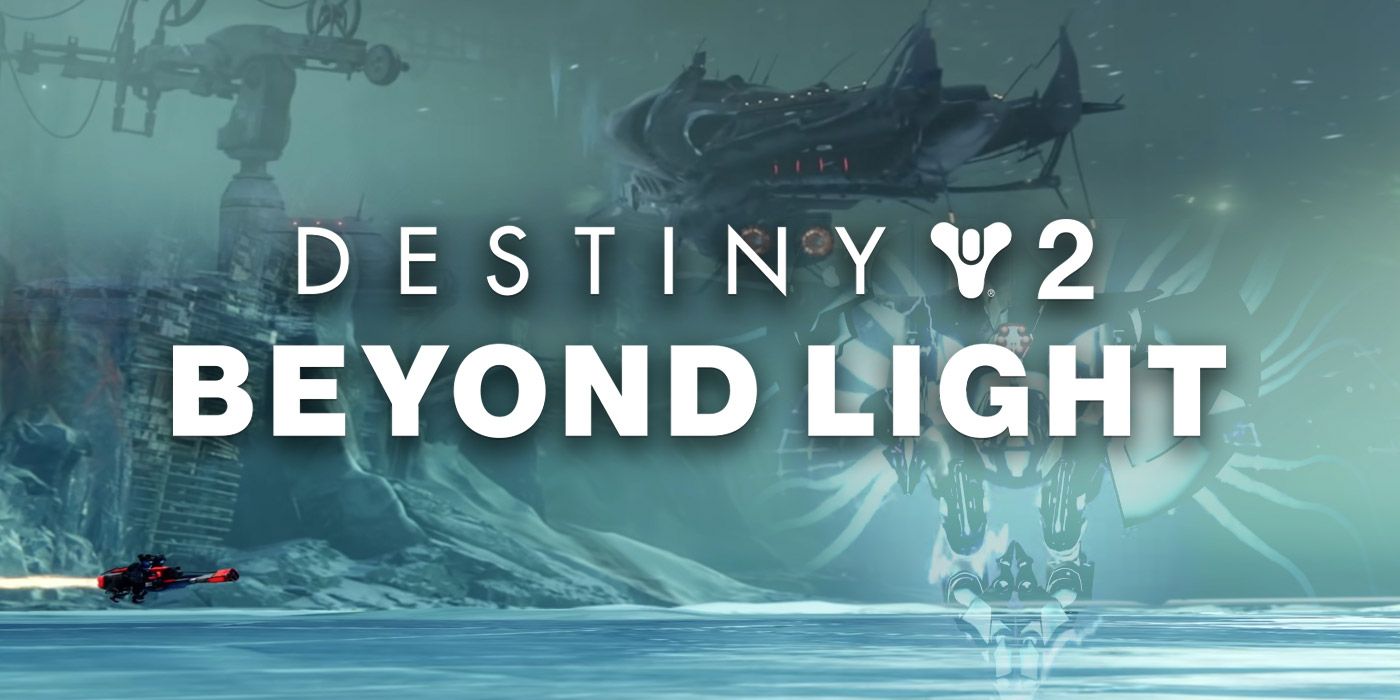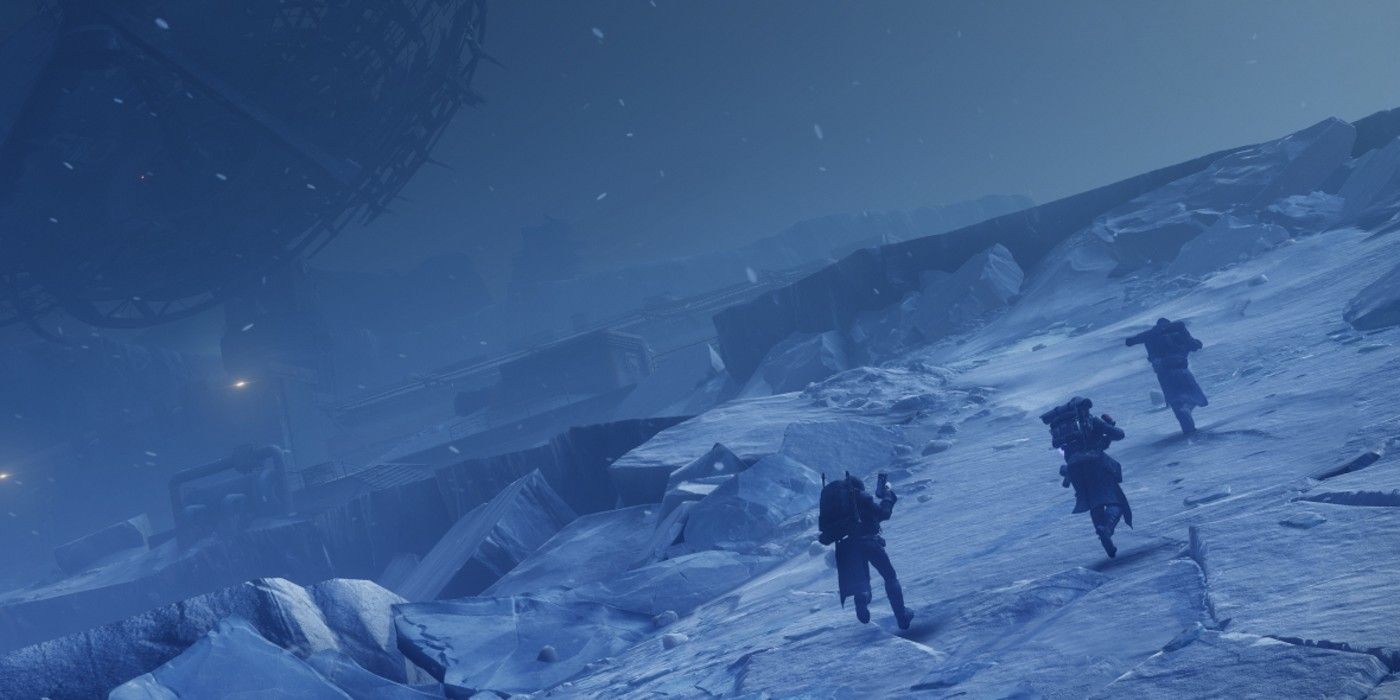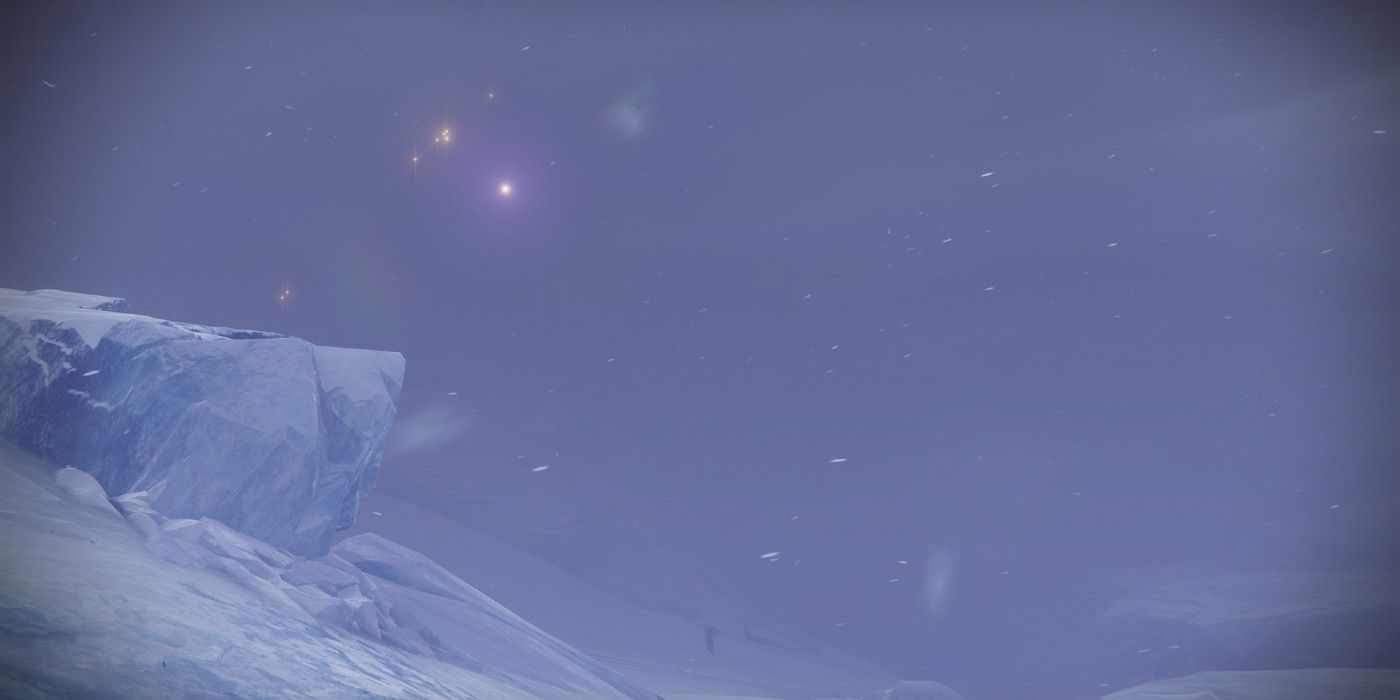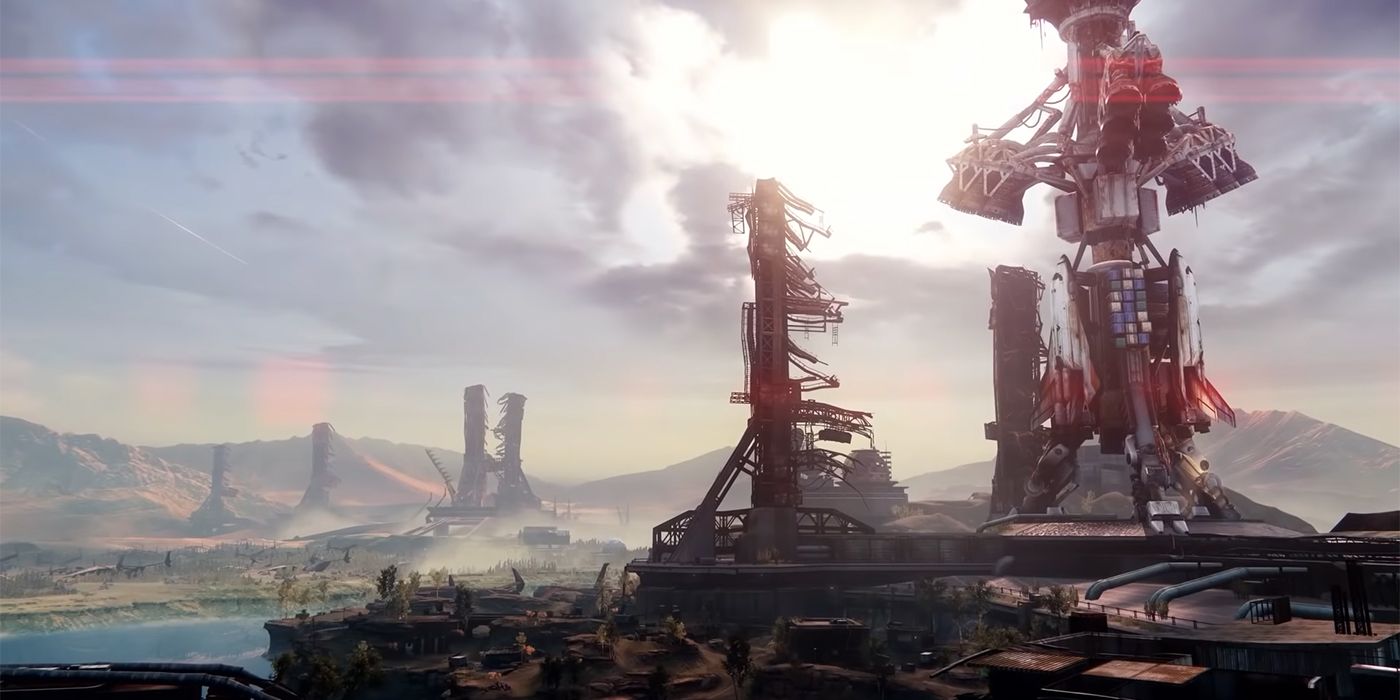Destiny 2: Beyond Light's Most Impressive Feature May Have Flown Under the Radar

For all of the things that fans have to push back on Bungie for changing, Destiny 2: Beyond Light also brings to the table a number of improvements for the game. For one thing, even though the Destiny Content Vault is a contentious topic, it does help cycle out unused or redundant content in the over three years old game. It's also a pretty huge space saving method as well, shaving the once ballooning Destiny 2 storage requirement by a little less than half. There's also several quality-of-life updates coming to the game, whether that's through improving the visual aesthetic or helping organize the UI in some way.
However, one big thing that's changed in the game are weather effects, specifically on Europa. Destiny 2 has never had any kind of gameplay system that takes into account weather and how it can mess with gameplay, but Beyond Light's Europa now has constantly shifting snow storms that have varying degrees of severity. It's a relatively simple feature compared to other games that have substantial dynamic weather effects in gameplay, like Forza. Despite the system's simplicity, it has a profound effect on how guardians explore and fight on Europa, and could be a sign of greater ambitions coming to Destiny 2's world design.

For the first time in Destiny, Bungie has added a new and subtly impactful gameplay system in the form of dynamic weather. Planets in Destiny 2 have had harsh looking weather effects before, but never in a way that's significantly affected gameplay. The now-vaulted planet Titan used to have consistent rainstorms, adding to the overall aesthetic and atmosphere of the dark world, but it never really changed how combat scenarios could play out. Europa's weather effects are far different and constantly in flux, meaning the severity of the storm and visibility is always changing across the planet.
Weather effects on Europa are practically always a factor when completing any tasks or quests on the moon of Jupiter. Regardless of whether it's just a patrol mission to grind a bounty, or it's a Beyond Light main quest objective, players have to tread carefully. Visibility can be reduced dramatically in a matter of seconds, leaving players with only about 20 feet of sight before the blizzard can mask enemies and health bars. Guardians traversing via Sparrow have to be extra cautious when the weather is at its worst, making any wrong turn their last. That's a bit more dramatic than how it's actually implemented, but the weather effects in Destiny 2 are a sign of things to come.

If there was a sole problem with some of the older worlds in Destiny 2, it was that they often felt lifeless or just pit stops while grinding. Once proper routes were determined for whatever tasks players are doing (Lost Sectors, weekly bounties, other quests, etc.), players would zip through these maps with every expectation covered. Europa's weather effects are a sign that Bungie wants to change and evolve its level design further. Increasingly severe storms not only make sense thematically for the frozen moon of Europa, but the effects also add a degree of unpredictability for whatever guardians are doing on the planet as well.
Mixing up the gameplay loop, in any way, is perfect for an MMO or MMO-like experience. In the case of Destiny 2, any meta-elements that force players to change up their playstyle more often are perfect for mixing up PvE encounters. It can also help break up the monotony of running bounties or quests on Europa in a unique way, rather than changing activities themselves. In Destiny's past, various locales have featured different weather effects for aesthetic appeal, but it's nice to know more impactful weather effects could be the norm. Venus' atmosphere and Felwinter's Peak on Earth, from the first Destiny game, come to mind as places in the past that had impressive weather simulation.

In the future, these are the kind of features and level design quirks that could make Destiny 2's gameplay loop very interesting. It could be as simple as adding a variety of different dynamic weather systems to new/existing worlds, and having them make a tangible influence on gameplay. Solar flares on a planet that's closer to the Sun than Earth could make Solar abilities do more damage or last longer. Rain in the Cosmodrome could help super-combine Arc abilities so that they reach and connect to several more enemies than under normal circumstances.
Any way to change Destiny 2's gameplay loop from a more metagame perspective makes playing the game far more interesting. Of course, balancing weapons and armor are a must and buffs/nerfs will always piss off fans in some way. However, for lack of a better phrase, these gameplay systems are a reflection of Bungie thinking outside of the box with Destiny 2's future. It's hard not to feel like this kind of gameplay system is emblematic of Bungie's independence allowing them to take risks, but more additions like this are only going to make playing Destiny 2 more interesting.
Destiny 2: Beyond Light is available now on PC, PS4, PS5, Stadia, Xbox One, and Xbox Series X/S.

Post a Comment